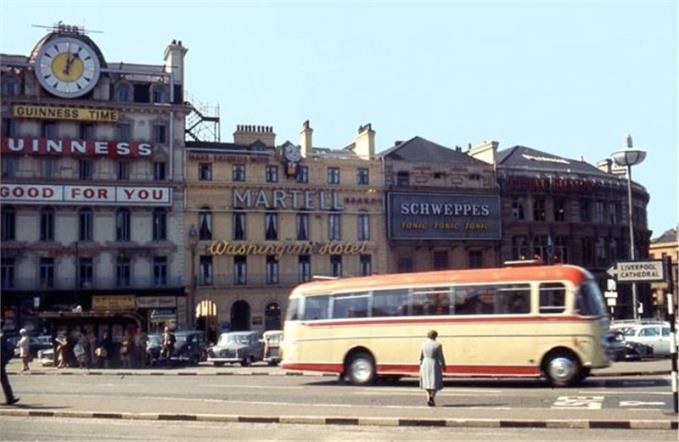ONE thing everyone accepts is that Lime Street needs regeneration. But in medical terms, regeneration means renewal of the existing body, not amputation, writes Merseyside Civic Society's Jonathan Brown.
So Neptune’s nightmare on Lime Street is especially disappointing from the local firm that 15 years ago gave Liverpool one of its finest assets, the superb regeneration of Speke’s art-deco airport complex.
That stands as a case study of how to mix old and new architecture to restore economic success, an approach all too lacking on Lime Street.
As with Liverpool One, the Baltic Triangle and the Albert Dock, smart cities work with the best of what they’ve got, surgically restoring their essential structure, and grafting on new tissue.
But the crude scheme submitted for Lime Street by Neptune, Broadway Malyan and their London, Manchester and Edinburgh-based backers, Sigma Capital PLC, has failed to impress even its main sponsor, the Mayor of Liverpool, Joe Anderson, who said the plan will need to be reviewed after noting the almost universally hostile public reaction to it.
 Before destruction for St. John’s Precinct, Lime Street was famous as the Piccadilly Circus or Time Square of Liverpool, lined with cinemas, theatres, hotels and neon signage. Poc courtesy of Streets Of Liverpool
Before destruction for St. John’s Precinct, Lime Street was famous as the Piccadilly Circus or Time Square of Liverpool, lined with cinemas, theatres, hotels and neon signage. Poc courtesy of Streets Of LiverpoolPublished opinion on the design ranges from ‘depressing’ to ‘destructive’, with Liverpool John Moores University Reader in Architecture, Dr Rob MacDonald, summing up best: "They are walking all over the dead of Liverpool and stomping all over our memories."
Lime Street’s east side of tall Georgian commercial premises, framed by two palatial Victorian pubs and crowned by the magnificent Edwardian Futurist, central Liverpool’s first cinema, is a gateway with an architectural character and social history any sophisticated city would die for. Such a fine frontage should be celebrated and restored, with bold new buildings linked behind and above, just as has happened so successfully in Paradise and Hanover Streets.
The essential problem is not the buildings but their shabby condition, and the poorly managed traffic on the stop-start four lane race-track road outside – classic issues of ‘planning blight’. No short-term lease-holder will invest much while the freehold owner plans demolition. And the road is not currently engineered as a street for people to go to, but as a highway for vehicles to pass through – Castle Street shows how this can easily be fixed by better balancing traffic speeds with pedestrian comfort.
 The Neptune Plan
The Neptune PlanThe excuse that Lime Street needs demolition because it is scruffy is back to front. In fact of course, Lime Street is only scruffy preciselybecause it is slated for demolition – it’s an otherwise perfect location in terms of access, profile and passing trade.
Who is responsible for this blight and slow decline? Ultimately, I’m afraid, it is the owners of these buildings and the street – and that means you and me.
The freehold of Lime Street is held by Liverpool City Council on our behalf. If we are content to see them pass control over to people with no feeling for the spirit and soul of our city, then that’s our loss.
If, on the other hand you expect our assets to be better cared for by those we pay to look after them, then speak out.
The Futurist has become the symbol of whether Liverpool’s wider regeneration is driven by the public or by profiteers. Mayor Anderson told campaigners that if it could be saved, it would be. Cllr Nick Small and the surveyors all agree at least the façade can be retained – it’s a question of cost.
If we accept their sums to maintain the front - £2m in a £35m scheme seems a modest price to pay to ensure that Liverpool’s future, as well as its past, is controlled by its people.
Councillor Nick Small: 'Our plans will have a wow factor'
Should the building or the façade of the Futurist be saved?
l"What we are looking at doing is to incorporate parts of the original building and incorporating parts of that within the design on Lime Street. What people are saying to me is we need to get it redeveloped.














